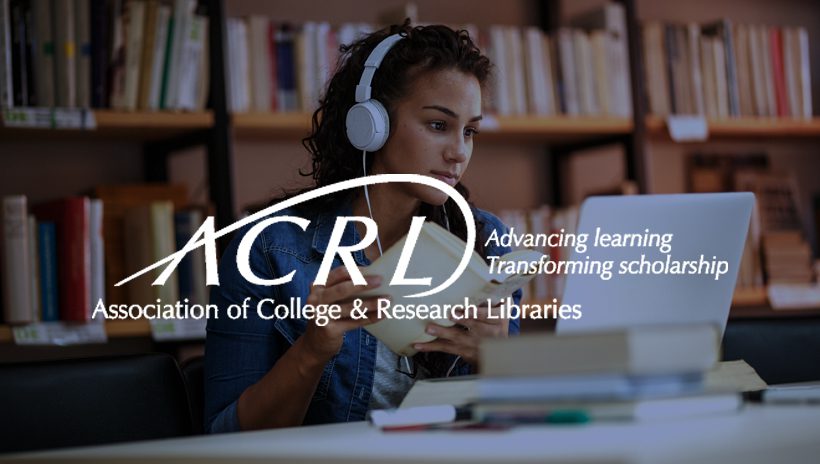According to the ALA, co-curricular learning is an approach to teaching experiential learning using activities or programs for students outside of their coursework that includes intentional learning and development. Students receive maximum benefit from the following guidelines:
- Clear learning outcomes
- Competencies that connect to academic or career goals
Are you engaging your students in the ACRL Framework for Information Literacy to apply these concepts in all areas of their work?
In your role, it may be more important to ask if you’re connecting your instructors with the resources, technology, and digital tools to maximize all learning environments. And today—EVERYTHING is a learning environment.
A student’s development within a certain subject area, course, or program prepares them for a future career—and lately, I am compelled to write “their first job, next job, and ultimately their becoming of something greater continuously.” Hence, their development hinges on how those skills are continuously transferred through experiences, activities, and a full understanding of collective concepts. In the full breadth of teaching and learning through technology, a student’s development can now also trip on how students learn to identify information, and the validity of that information consistently. As students enter the workforce and become more active and involved citizens, information literacy becomes more than just avoiding plagiarism in a works cited page; all learners must develop confidence in accessing, identifying, communicating, and sharing information.
The ACRL Framework for Information Literacy Using Credo Reference: Academic Core
The ACRL Framework provides guidelines for instructional designers, centers for teaching and learning, faculty members, and librarians to reconsider instruction, assignments, courses, and learning pathways so that each may connect information literacy with student success criteria initiatives.
Credo Reference: Academic Core offers more than 750 searchable, full-text reference titles on a platform that can also host access to a library’s other subscribed databases. The material in these general and subject encyclopedias, handbooks, dictionaries, and more offers multiple ways for librarians and teachers to approach several of ACRL’s frames. For example, the Frame “Research as inquiry” states that:
Research is iterative and depends upon asking increasingly complex or new questions whose answers in turn develop additional questions or lines of inquiry in any field.
Instructors who are teaching this frame through having students work on a research paper or other project can have students start with a definition of some aspect of their research that they find in one of Credo Reference: Academic Core’s subject encyclopedias. Using the terms and ideas found there, they can search the database again and scan the resulting works to further refine their research question. Credo’s Mind Map feature will also come in here, as users can view and click on mind-map terms to expand their idea or focus upon a particular aspect of it. Over several iterations of their search, using related or broader or narrower terms, students will both get closer to a workable research topic and begin to grasp that research is iterative.
From Planning to Assessment: A Guide to Creating a Successful Information Literacy Program


Key content includes:
- Marketing your information literacy program to faculty and administrators
- Structuring your program for success in many different modes of delivery
- Reverse engineering your program from your students’ and stakeholders’ needs
- Tips for using the ACRL Framework and other IL standards
- Creating a dynamic IL program across the curriculum
- Continuously improving your IL program with assessment data
- Using quantitative and qualitative data to inform and improve your IL program
- Assessment types and their uses
Utilize the handbook today to create a successful information literacy program and communicate it across your university!
Learn more about The Credo IL Strategy Handbook, Second Edition

